Where can Americans travel during COVID-19? That’s a complicated question to answer. When the COVID-19 pandemic hit in early 2020, the entire world screeched to a halt. Within a matter of weeks, international borders around the world from Bhutan to Poland to Canada closed to foreign travelers and even domestic travel was severely limited. It was all done for a very good reason—to slow the spread of the novel coronavirus. But, unfortunately, people whose livelihoods depend on the travel industry—including tour operators, tourism board workers, content creators, and people who live in tourism hotspots—found themselves with little to no work or income for the foreseeable future.

Thankfully, after several months of uncertainty, parts of the world are slowly starting to open up. That means that many people who travel for a living, and many people whose livelihoods depend on tourism, may not have to wait much longer to get back to making a living. Unfortunately, due to the prevalence of COVID-19 cases in the United States, American travelers are still persona non grata in most areas of the world. Only a relative handful of countries are accepting American tourists as of July of 2020. In this article, we will answer the question, where can Americans travel during COVID-19?
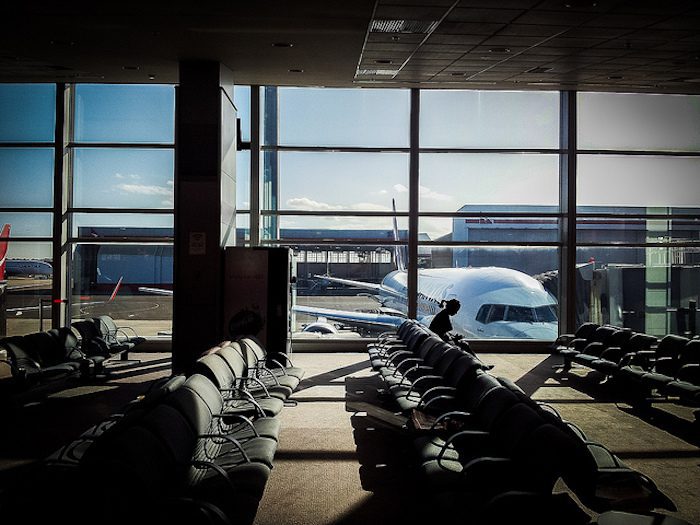
Before you look up “where can Americans travel during COVID-19” and book an airline ticket, there is a lot to consider. It’s important to remember that, although international travel is possible for Americans at the moment, the virus is still out there, and that air travel is currently considered a high-risk activity.
Also, the European Union lifted travel restrictions for fifteen non-EU countries on July 1, 2020, including Australia, Canada, Japan, Morocco, New Zealand, Serbia, South Korea, and Thailand. The United States was not on that list, nor were other large countries like Brazil, India, or Russia. Unfortunately, that means travelers who were hoping to enjoy a French, Italian, or Spanish vacation this summer or fall will likely be out of luck.
That said, to answer the question of where can Americans travel during COVID-19, over twenty countries are currently open to American citizens. But I highly recommend checking those countries’ rules, restrictions, and the safety precautions imposed by their governments before traveling to them. It’s not enough to ask where can Americans travel during COVID-19. You must also know what to do once you get there.
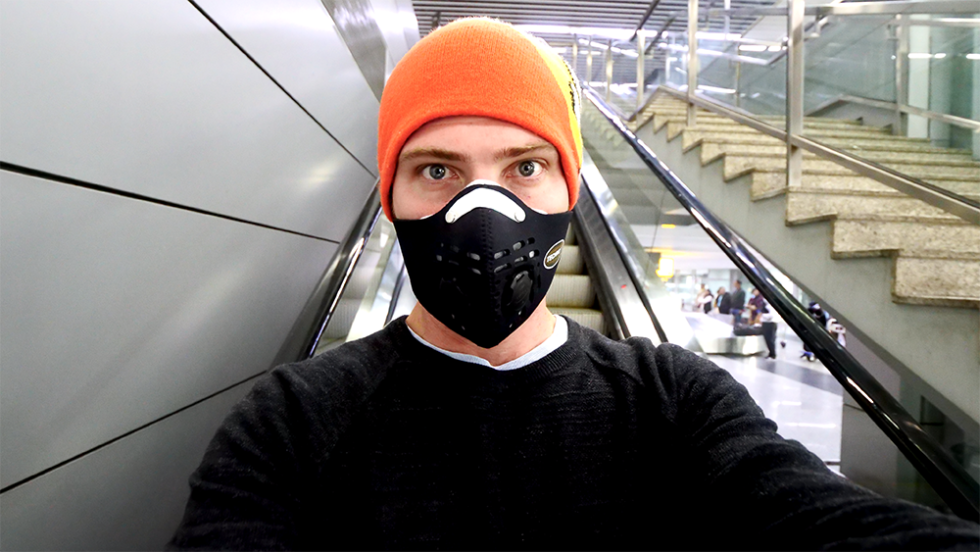
Though rule and restrictions will vary from country to country, these are good to follow no matter where you’re going:
Also, just be considerate. Before flying anywhere, regardless of their rules and restrictions, get tested for COVID-19 and wait for a negative result to ensure that you’re not putting others at risk of contracting it. Remember, COVID-19 can spread through activities as benign as talking or even breathing, and you could spread it even if you are asymptomatic.
Now that we know how to keep ourselves and others around us safe, now let’s answer the question of where can Americans travel during COVID-19?
So, where can Americans travel during COVID-19? Below, you will find a list of all of the countries currently welcoming American travelers, as well as the rules and restrictions for each country. Keep in mind that this information can change with no notice, so be sure to do extra research before planning any trips. Be sure to keep any and all travel documents up-to-date as well.
NOTE: This information was accurate as of July 27, 2020.
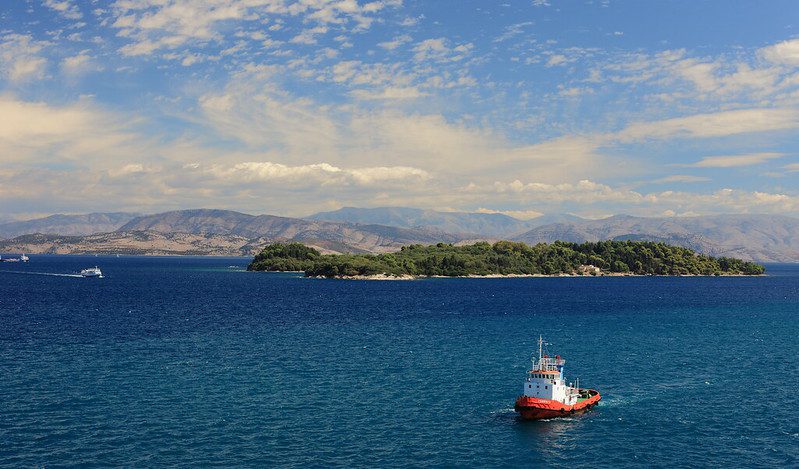
Although the Balkan nation of Albania is currently open to international travelers, the number of positive COVID-19 cases in the country has steadily risen. According to the Albanian government, restaurants, cafes, museums, beaches, gyms, and swimming pools are open for business. However, malls, shops, and hairdressers must enforce strict social distancing guidelines. Also, mask-wearing is mandatory in closed spaces. Violators are subject to a 2,000 ALL fine.
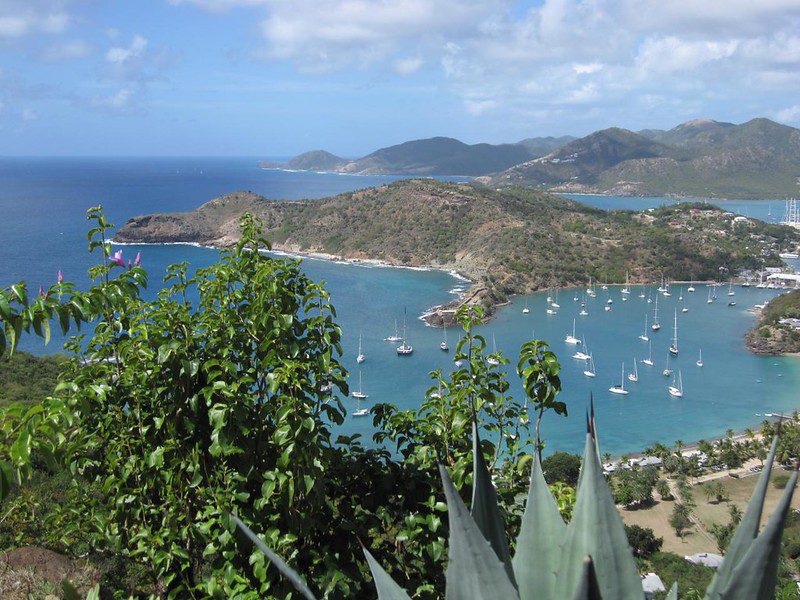
These Caribbean islands opened to foreign travelers on June 1. Those who travel to the islands will have to have taken a COVID-19 test with a negative result within 48 hours of arriving in Antigua and Barbuda. You must be able to provide documentation of your negative result upon arrival. You also must wear a mask in all public places on the islands.
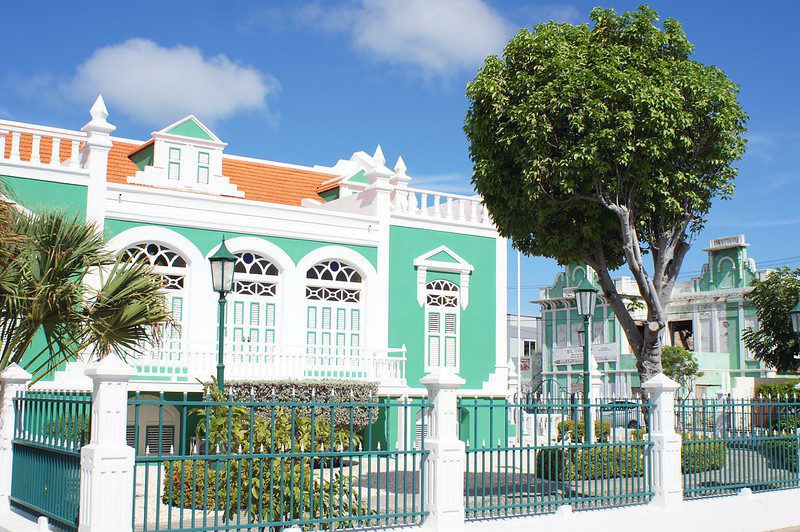
Another Caribbean paradise, Aruba, is open to American tourists as of July 10. However, there are stipulations. Visitors from 24 U.S. states (Alabama, Arizona, Arkansas, California, Colorado, Florida, Georgia, Idaho, Iowa, Kansas, Louisiana, Mississippi, Nevada, North Carolina, Ohio, Oklahoma, Oregon, South Carolina, South Dakota, Tennessee, Texas, Utah, Wisconsin, and Wyoming) will have to take a COVID-19 test with negative results within 72 hours of their flight to Aruba.
These travelers will also have to upload negative COVID-19 test results at least 12 hours before their flight. All visitors from the U.S. must complete a self-health declaration form. Travelers who are not from the states listed above can pre-pay for a COVID-19, which they will take after arriving in Aruba.

Foreign travelers were welcomed back to Barbados starting on July 12. However, travelers are asked to take a COVID-19 test with negative results within 72 hours of their flight to the island. Alternatively, visitors can take a test at the airport upon arrival and quarantine until results come in.
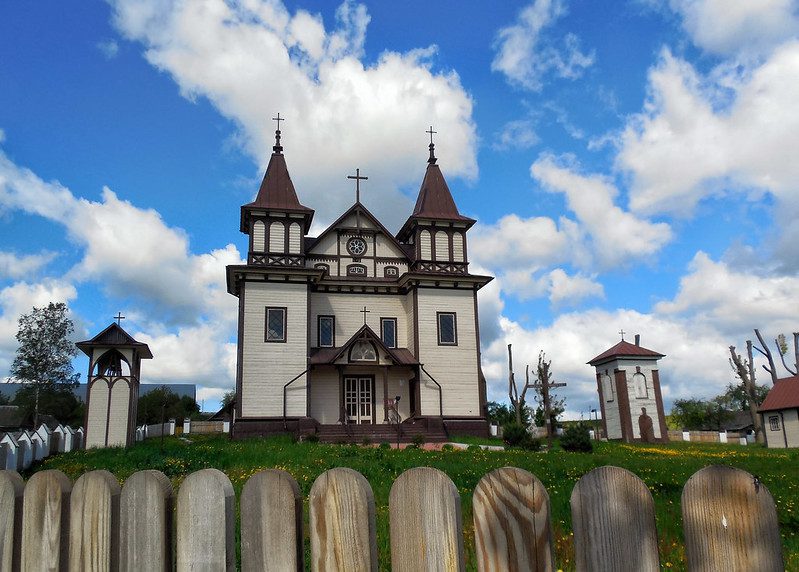
The northern European nation of Belarus has had social distancing measures in place since April. As of June 25, 2020, travelers from the United States arriving in Belarus are no longer subject to a mandatory 14-day quarantine period. However, those arriving at Minsk International Airport will have to undergo temperature screenings. Those returning to the United States from Belarus are strongly encouraged to self-quarantine for 14 days upon landing after their trip.
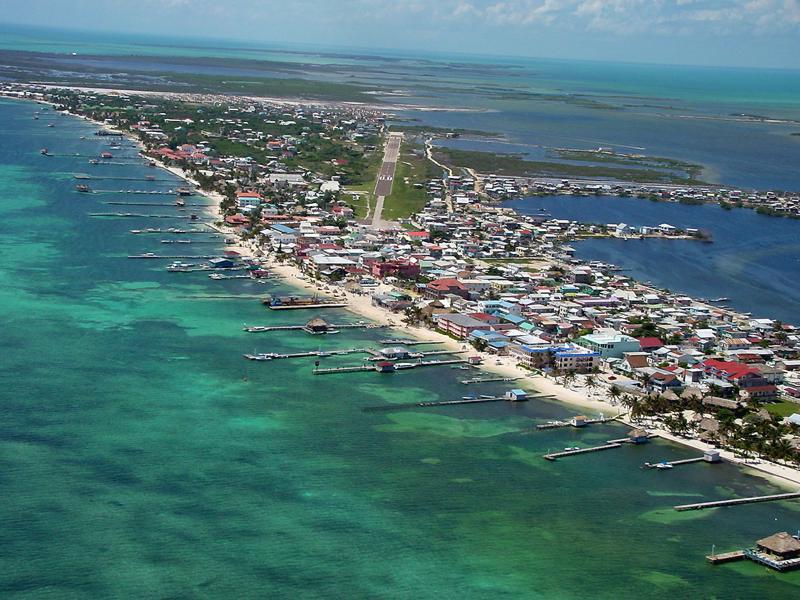
The gorgeous Central American country of Belize is set to welcome international travelers starting on August 15. Like other countries, they encourage travelers to arrive with proof of a negative COVID-19 test that was taken within 72 hours of their flight. Travelers can also choose to be tested at the airport upon arrival. At the airport, travelers will have their temperature checked. They will also have to wear a mask while traveling.
Before flying to Belize, travelers must download the Belize Health App on their device(s). As precautionary measures, online check-in and check-out have been implemented for hotels, and sneeze guards will be in place at the airport. Luggage will also be sanitized before it is taken to the terminal.

The island of Bermuda in the North Atlantic has been open to foreign travelers since July 1. They require a negative COVID-19 test taken within seven days of your departure. However, international travelers must complete an online travel authorization process and pay a $75 fee before they are allowed to travel to the country.
Visitors will undergo testing upon arriving in Bermuda and must quarantine at their accommodation for roughly six to eight hours until their test results are ready. While on the island, travelers must take and report their temperature online twice daily. They will also be re-tested every few days while on the island. Though beaches are open on the island, beach-goers are asked to follow the social distancing measures put in place.

The southeast Asian country of Cambodia is also open to international travelers, but there are strict rules you must follow before you are allowed to enter. Visitors must pay a $3,000 travel deposit to cover any potential COVID-19-related costs. Travelers also must take a COVID-19 test with negative results within 72 hours of their flight. They will also have to show that they have medical insurance coverage for at least $50,000. Visitors will also be tested after their arrival and will have to quarantine in an official facility until their results are available.
International travelers who test negative will only have to pay $165 (the cost of the test) of the $3,000 deposit. Also, if anyone on your flight to Cambodia tests positive, all passengers must enter a mandatory, 14-day quarantine at a location chosen by local authorities. Even if everyone on the flight tests negative, you will still have to self-isolate at your accommodation for the next 14 days.
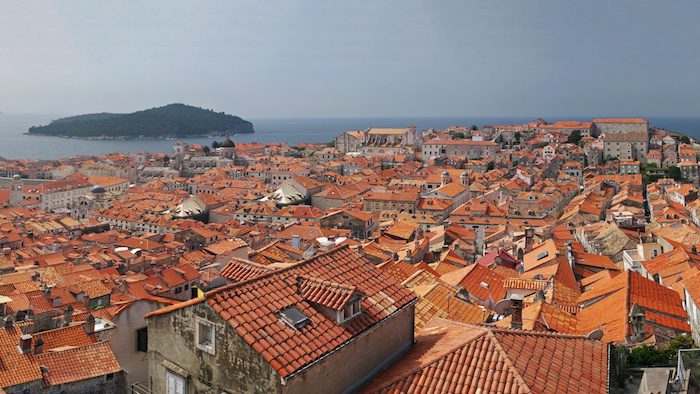
Travelers wishing to visit the Balkan nation of Croatia will have to fill out an online entry form. Travelers who provide a negative COVID-19 test that was taken within 48 hours of their departure also won’t have to quarantine. You must also show proof of a hotel or other accommodation reservation to be allowed into the country.
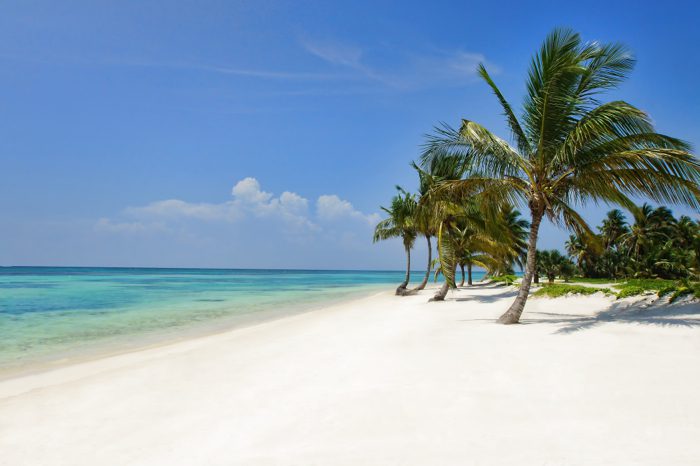
International travel to the Dominican Republic on the island of Hispaniola resumed on July 1, 2o2o. Travelers will have to undergo a temperature check at the airport and fill out a Traveler’s Health Affidavit that certifies that they have not had COVID-19 symptoms for at least 72 hours. Travelers whose temperature readings exceed 100.6℉ must take a COVID-19 test and may be isolated. Temperature checks will also take place at hotels and luggage will be disinfected. Social distancing must be practiced in restaurants and masks are required in bars.

American travelers hoping to visit the South American country of Ecuador have a couple of options at their disposal. They can either arrive in Ecuador with a negative COVID-19 test taken within the seven days prior to their arrival, or they can submit to testing at the airport after they land. Note that travelers must then self-quarantine for 14 days in hotels or government-designated temporary housing. Once travelers are out of quarantine, they must still pay attention to local rules and regulations, as travel around the country is restricted. There are also curfews in place.

Tourists on international flights to Egypt have been allowed to land in the country’s seaside resorts since July 1. These include southern Sinai and the Red Sea province. Tourists from the United States must have a visa to visit Egypt. Hotels have implemented health and sanitation protocols, including temperature checks, luggage sanitization, and electronic check-ins.
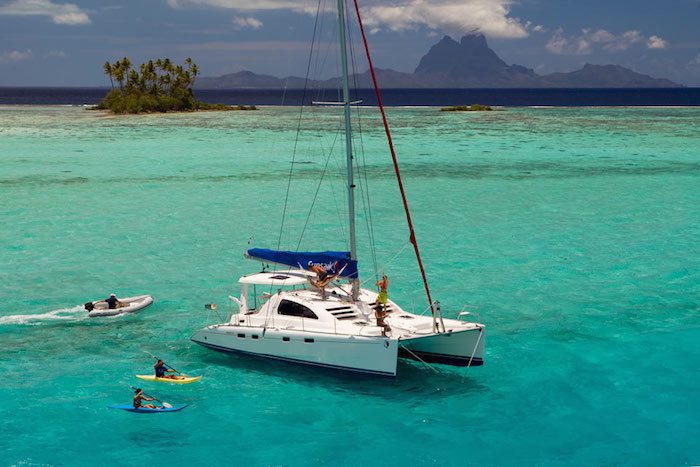
One of the many picturesque island groups in the South Pacific, French Polynesia reopened for international travelers on July 15. This includes the islands of Bora Bora and Tahiti. The 118 islands require visitors to have taken a COVID-19 test with negative results within 72 hours of departure. Visitors must also have a travel insurance policy. Four days after arriving on the island, international guests must do a self-sampling surveillance test.
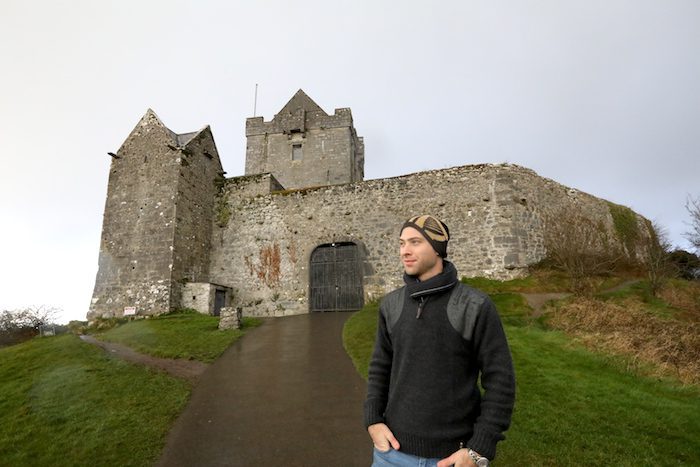
The Emerald Isle of Ireland is open to international tourists, but Irish authorities strongly advise nonessential travelers to not visit the country at the current time. Travelers who decide to visit the country anyway must self-quarantine for 14 days.

International travel resumed on the Caribbean island of Jamaica on July 15. Travelers must submit to a temperature check upon arrival. Some will also be tested for COVID-19 after arriving at the airport.

Kosovo is currently open to international tourists with no restrictions. However, the U.S. Embassy in Kosovo suggests checking with them or with your airline before traveling there for the latest updates.
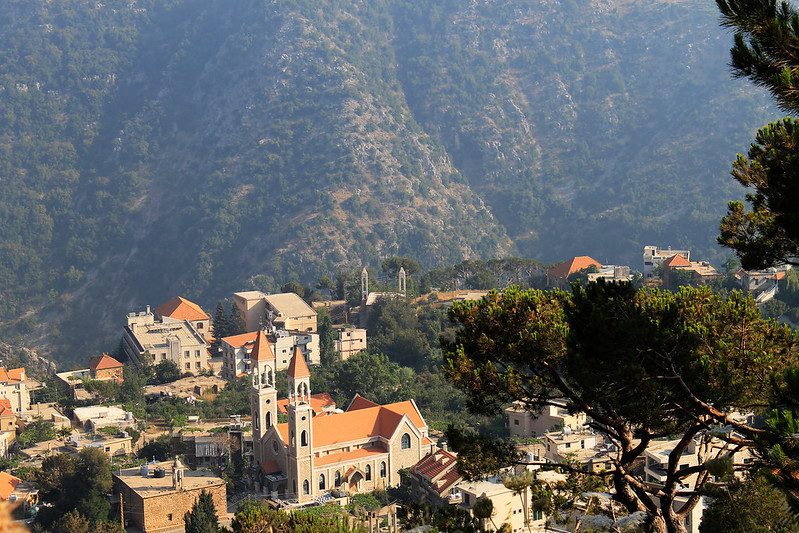
Travelers trying to gain entry into the eastern Mediterranean country of Lebanon must have proof of insurance that will cover any and all costs associated with COVID-19. In addition, they must also have a negative COVID-19 test taken within the four days prior to their arrival in the country. Tourists who are staying in Lebanon for more than a week must submit to a second test, at the airline’s expense, upon landing at the airport. If you arrive in Lebanon without proof of a negative test, you must submit to a test upon landing and then be tested again 72 hours later. The second test is at the traveler’s expense. Travelers will have to self-quarantine while they await the results of the second test

These islands in the Indian ocean, known for their crystal clear waters, white sands, and lavish oversea bungalows, opened its uninhabited islands to international travelers on July 15. The nation’s inhabited islands will open on August 1. There are no requirements to show negative COVID-19 test results and no quarantine mandates for those who show no symptoms.
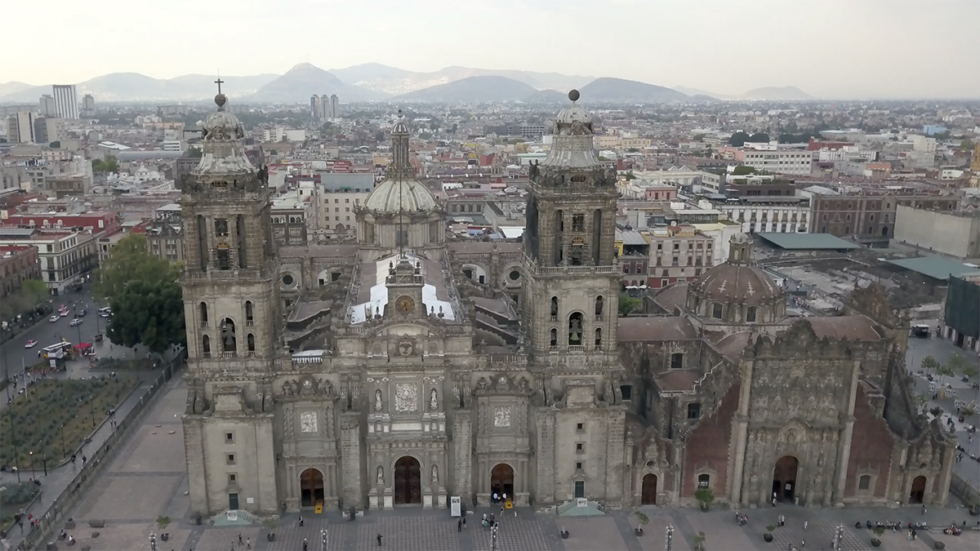
Travelers hoping to drive to Mexico from the United States before August 21 will be out of luck, as the land border between the two countries will be closed at least until then. However, numerous states in Mexico have reopened to international tourists. However, the Mexican government has implemented a color-coded restriction system for each state. Mexico City has been designated orange, which allows hotels and restaurants to open to 50% capacity. However, popular locations like Cancun and Puerto Vallarta and Jalisco are located in “red states” and only allow essential activities.

For this Balkan nation just north of Greece, international flights to the airport in Skopje resumed on July 1. Arriving passengers must wear a mask inside the terminal and disinfect their hands. A thermal camera will also screen passengers’ temperatures. Indoor bars, restaurants, and gyms reopened on June 26.
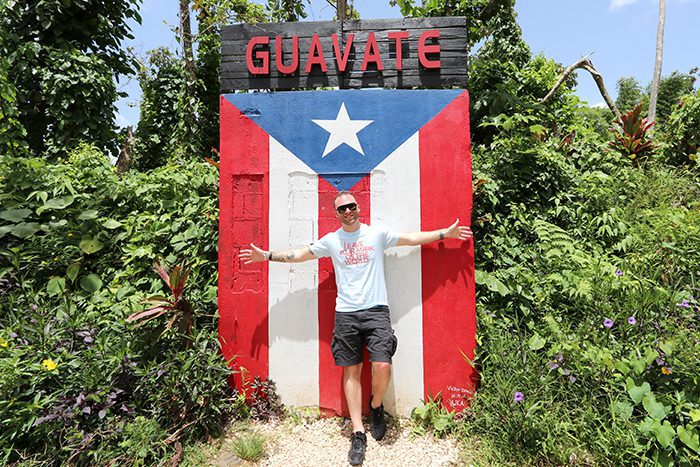
International travelers looking for a tropical getaway in the U.S. Territory of Puerto Rico must show proof of a negative COVID-19 test taken within 72 hours of arriving on the island. If their test result is still pending when they arrive on the island, they will have to quarantine until the results are available. A positive test result will invoke a mandatory 14-day quarantine, as will a pending test whose results never arrive. Travelers must also fill out an online travel declaration form. Anyone who arrives on the island without having had a test done within the previous 72 hours will have to pay for and submit to a test on the island. They will also have to quarantine until the results are available. Mask-wearing is mandatory on the island.

The African nation of Rwanda is currently aiming to accept international travelers starting on August 1. All people traveling to Rwanda must take a COVID-19 test with a negative result within 72 hours of their arrival. After arriving, travelers must take a second test at the airport and quarantine at a hotel until the results are available. All travelers must have two negative test results before they are allowed to visit any local attractions.
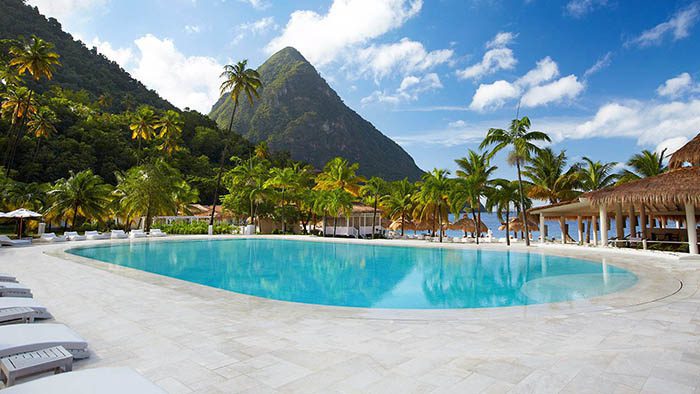
The Caribbean island of St. Lucia began reaccepting international travelers on June 4. However, starting on July 9, the country requires all visitors to show proof of a COVID-19 test with negative results with seven days of their arrival. Upon arrival, they also must undergo a temperature check and fill out a pre-arrival registration form. Hotels on the island must meet more than a dozen sanitation and social distancing protocols.
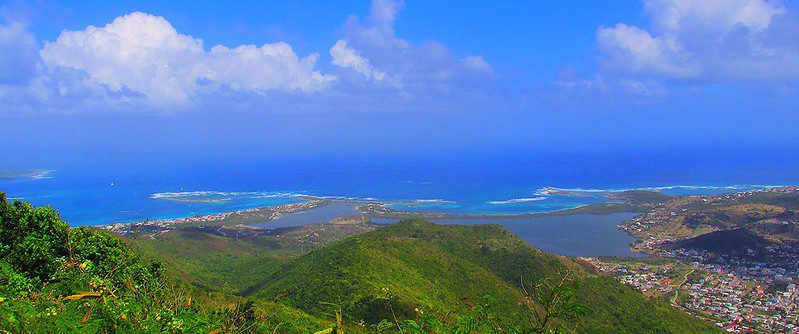
According to the U.S. Consulate General in Curaçao, flights from the United States won’t be allowed onto the Caribbean island of St. Maarten until at least August 1. After that time, travelers will have to show proof of a negative COVID-19 test taken within 72 hours of their arrival on the island. They will also have to complete an online health declaration and submit to screenings at the airport. Anyone with COVID-like symptoms must pay for a test at the airport. Travelers are free to move between the French and Dutch sides of the island. Masks are required in restaurants and bars.

Travelers hoping to visit the Caribbean nation of St. Vincent and the Grenadines have a few options available to them. They can either take a COVID-19 test with negative results within five days of arriving in the country, or they can undergo a test at the airport after their arrival. Note that those who choose the latter must quarantine for at least 24 hours until the test results are made available. Travelers who arrive by plane must quarantine for at least a day until their fellow flight passengers’ test results are made available.
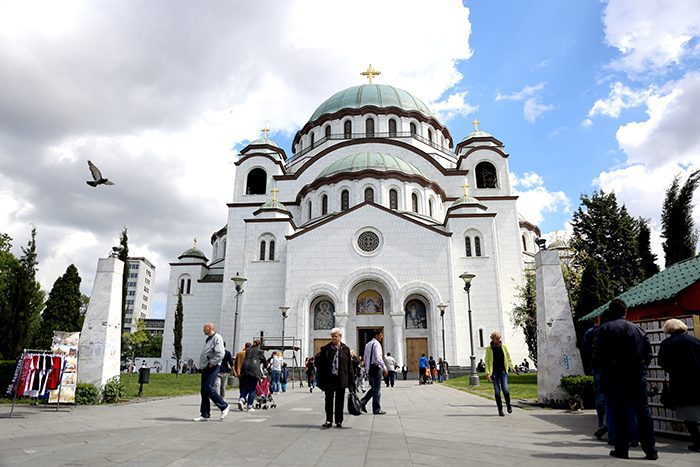
The Balkan nation of Serbia currently has no restrictions for domestic and foreign travelers. However, masks must be worn indoors at all times, as well as in crowded outdoor spaces. Public gatherings of more than 10 people are prohibited.

Tourists traveling to the African nation of Tanzania must complete a Health Surveillance Form on the plane ride to the country. Health measures including temperature checks have been implemented in the country.

This country at the crossroads of Europe and Asia re-opened some of its borders on June 11. Travelers arriving in Istanbul must submit to a temperature check but are not otherwise required to show any documentation about their health. However, mask-wearing is mandatory in public places throughout the country.
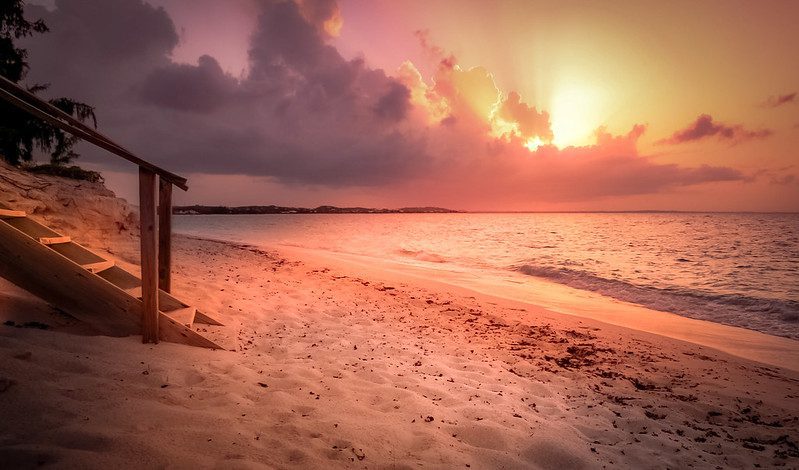
The Turks and Caicos in the northern Caribbean require travelers to take a COVID-19 test with negative results within five days of traveling to the islands. Travelers must also complete a health questionnaire and are required to have insurance that covers medevac. While the country is open to tourists, the Grand Turk Cruise Center will be closed until at least August 31.

American citizens can only enter Ukraine if they can show proof that their medical insurance will cover all costs related to COVID-related treatment. Travelers from the U.S. will also have to quarantine for 14 days, at their own expense, upon arriving.

Those hoping to explore the city of Dubai in the United Arab Emirates are in luck; the city reopened to international travel on July 7. A negative COVID-19 test taken within four days of their flight is encouraged. Alternatively, you can get tested at Dubai’s airport after arriving. Thermal temperature checks will be implemented at the airport. All foreign visitors must download and register on Dubai’s COVID-19 DXB app, and all tourists must have medical travel insurance that covers COVID-19.
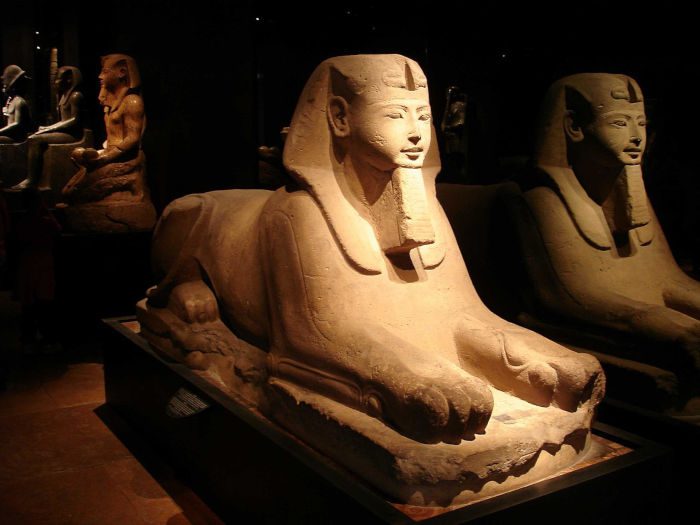
So, to answer the question of where can Americans travel during COVID-19, the answer is, quite a few places. Most destinations around the world are out of the question for the foreseeable future, but those who travel for a living or want to enjoy a getaway can do so in any of these countries. Just remember to research and study the country’s rules and regulations before you enter, and follow them once you’re there. After all, they’re there to keep you and others safe. Practice good hand hygiene everywhere you go and try to avoid crowds. Now, get out and enjoy your trip!
NOTE: If you need to check the visa requirements of a particular country, click here. To apply for a visa, find up-to-date visa information for different countries, and calculate the cost of a particular visa, click here!
Counter
101 Countries • 1432 Cities